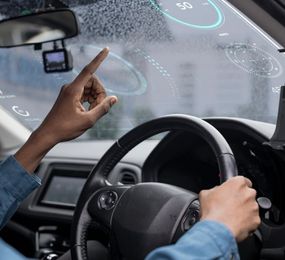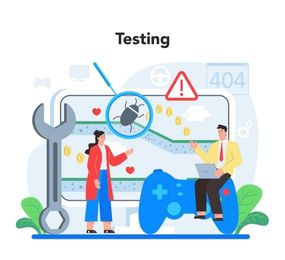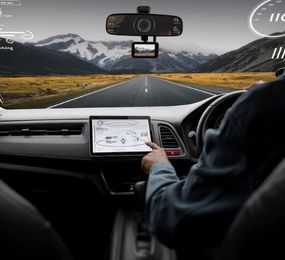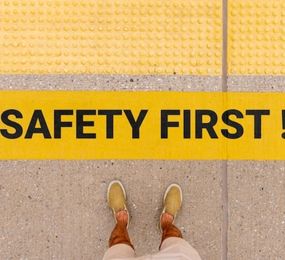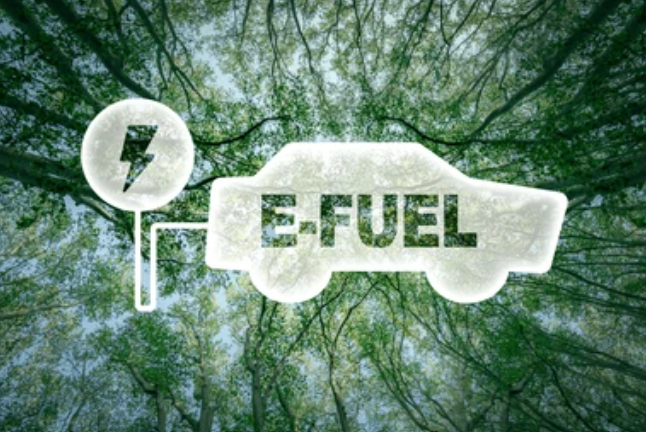Global Automotive Cybersecurity Regulations: A Comparative Overview
The rapid increase in connected and autonomous vehicles has led to a growing need for robust automotive cybersecurity regulations. This essay provides a comparative overview of the key regulatory landscapes shaping the industry worldwide.
The United Nations Economic Commission for Europe (UNECE) has taken a leading role with its UN Regulation No. 155 (UNR 155). This regulation mandates that car manufacturers establish a Cyber Security Management System (CSMS) to ensure vehicles are protected against cyber threats. It also requires vehicles to be secure by design, mitigating risks throughout the entire vehicle lifecycle.
ISO/SAE 21434, a technical standard, complements UNR 155 by providing a framework for cybersecurity engineering in vehicle development. It details the processes and requirements for designing and implementing secure vehicle systems.
In the United States, the National Highway Traffic Safety Administration (NHTSA) has issued cybersecurity guidance and best practices for the automotive industry. While not legally binding in the same way as UNR 155, these guidelines encourage manufacturers to adopt a risk-based approach to cybersecurity.
Other regions are also developing their own regulations. China, for example, has implemented cybersecurity requirements for connected vehicles, focusing on data security and privacy.
These regulations share the common goal of enhancing vehicle cybersecurity but differ in their specific requirements and enforcement mechanisms. This creates challenges for global automakers who must navigate a complex landscape of varying standards. Harmonization and collaboration are crucial to ensure consistent and effective cybersecurity practices across the industry.
Visit our website to know more: https://www.leadventgrp.com/events/automotive-cyber-security-forum-1/details
For more information and group participation, contact us: [email protected]
Leadvent Group - Industry Leading Events for Business Leaders!




